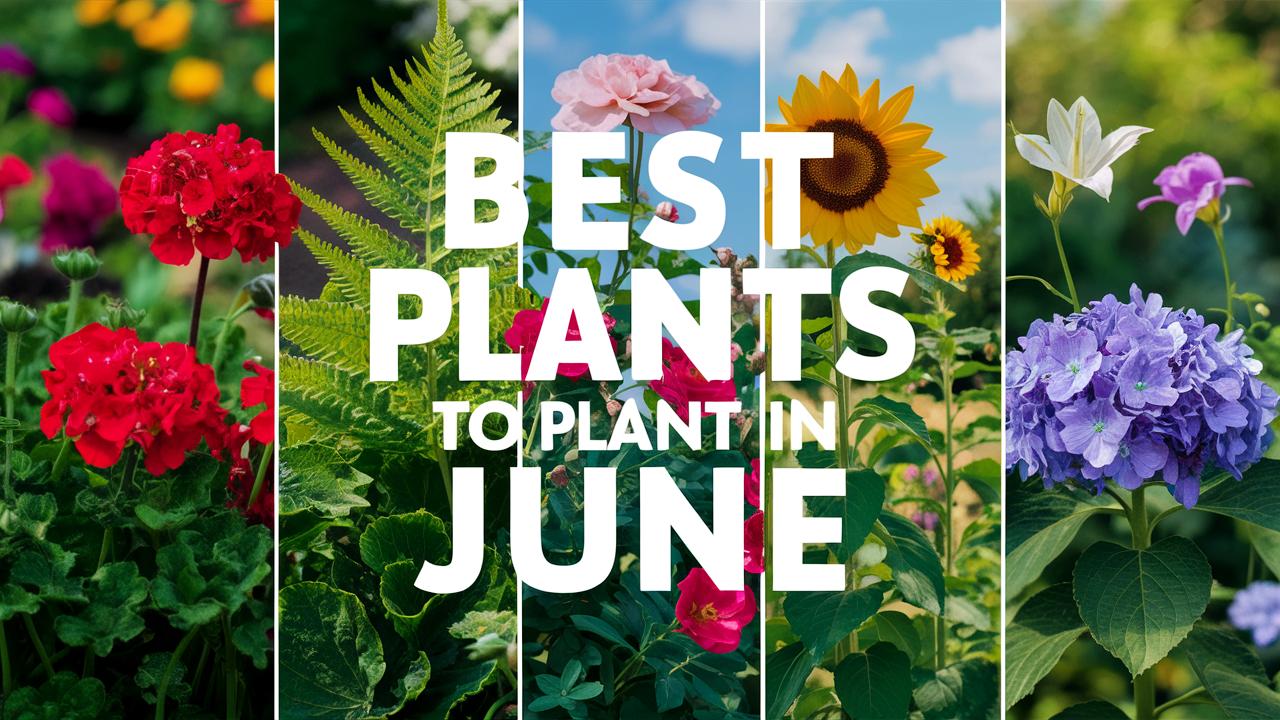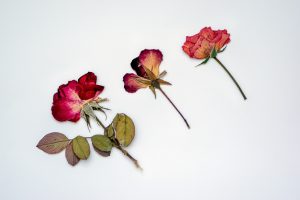On this page, we’ll give you an in-depth look at recommended vegetables, flowers, herbs, and landscape plants that thrive in June.
Vegetables To Plant
June is a vital month for planting various heat-loving vegetables. Here are ten exceptional choices to consider for your garden this summer.
Tomatoes
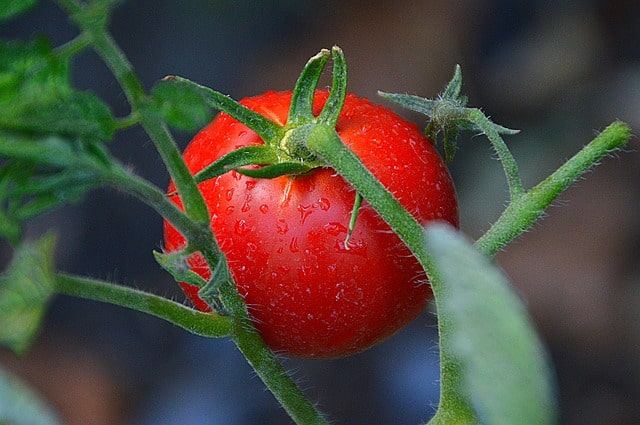
Tomatoes are a staple in summer gardens, celebrated for their rich flavor and versatility. Ideal temperatures for tomatoes range between 70°F and 85°F. In northern climates, such as USDA Zones 3 and 4, it’s best to start seeds indoors around 6-8 weeks before the last frost date and transplant seedlings into the garden by mid-June, once the soil has warmed sufficiently. In warmer zones (5-10), you can plant transplants or seeds directly in mid to late May, with June being perfect for planting any late varieties.
Tomatoes require full sun and well-draining soil rich in organic matter. They need consistent watering but should not be over-watered, as soggy soil can lead to root rot. A trellis, cage, or staking is recommended for vigorous varieties to ensure upward growth and allow for better air circulation.
Cucumbers
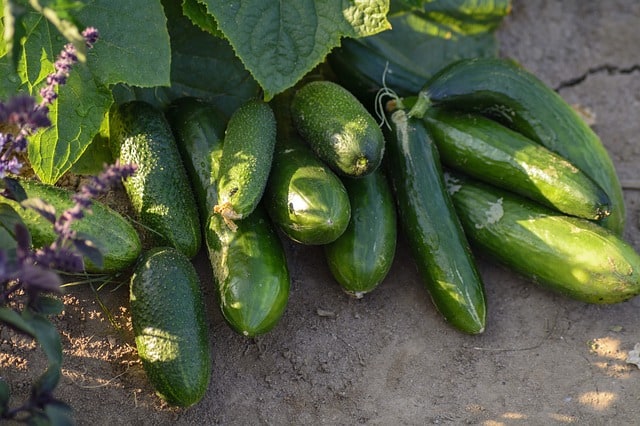
Cucumbers thrive in temperatures ranging from 70°F to 85°F. These warm-season crops should be directly seeded into the garden whenever soil temperatures reach a consistent level above 65°F, which typically occurs in early to mid-June in northern zones but as early as late May in areas like southern California (Zones 9-10). Cucumbers prefer full sun, well-drained soil, and ample watering; they are sensitive to drought, so regular moisture is crucial.
Rapid-growing, cucumbers can be cultivated in various forms—bush types are great for containers while vining varieties like ‘Marketmore 76’ can be planted in most garden beds. Mulching around the plants helps retain moisture and reduces weed competition, which is especially beneficial as temperatures rise.
Beans
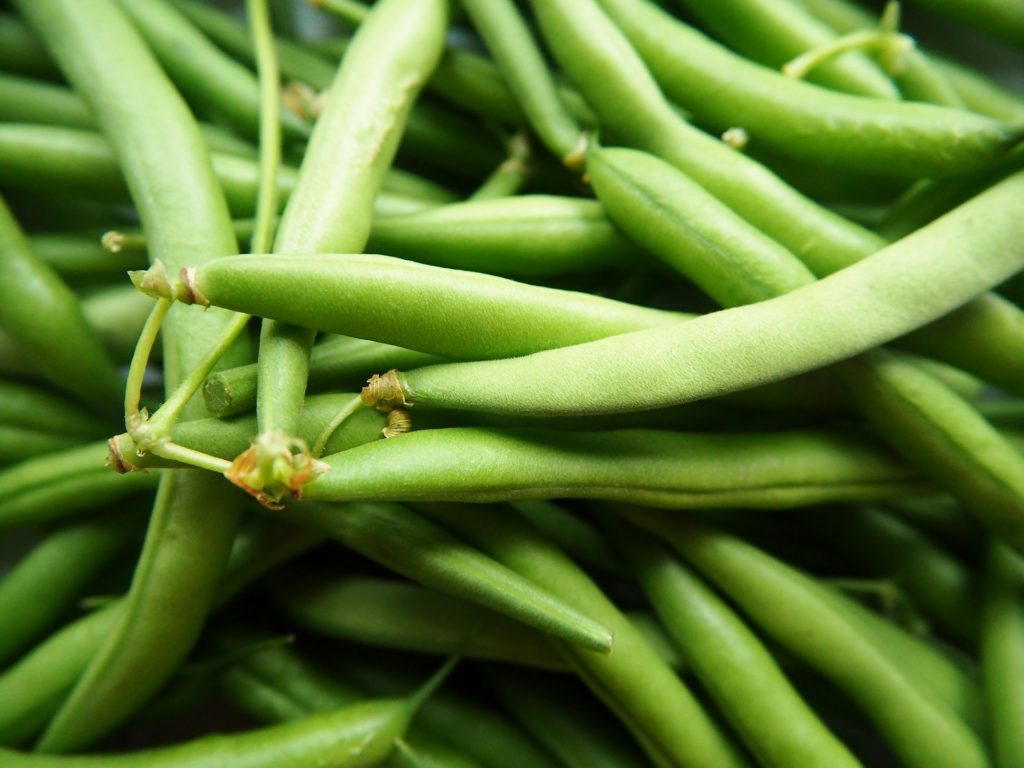
Beans are among the fastest-maturing crops and thrive in warm temperatures between 60°F and 85°F. Planting can begin in June in most regions after frost danger has passed. In cooler northern areas, such as Zones 3-5, you can expect to plant bush varieties directly in the ground around mid-June, while southern Zones 6-10 can start as early as mid-May.
Beans improve soil health through nitrogen fixation, benefiting successive crops in the rotation. They prefer full sun and well-draining soil, but make sure to space them for good airflow to avoid disease. Keep an eye out for pests like beetles, which can chew on leaves, and provide support for pole varieties.
Peppers
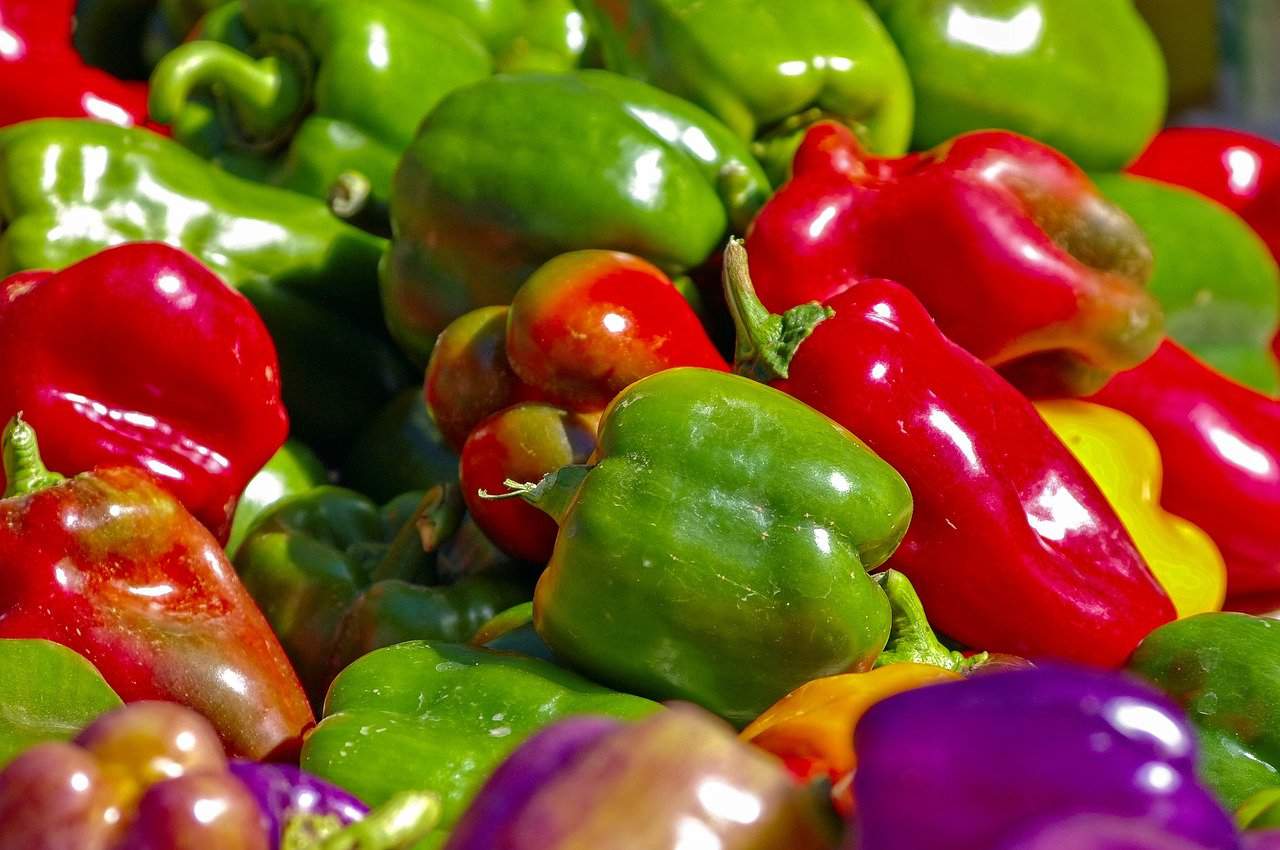
Peppers, whether sweet or hot, prefer warmer climates with temperatures between 70°F and 85°F. For May-June planting in cooler northern regions (Zones 3-5), start seeds indoors around 8-10 weeks before the last frost; transplant them outdoors in mid to late June. In warmer Zones 6-10, you can directly plant seeds or put transplants in the garden from mid-May onwards.
Peppers require full sunlight and thrive in rich, loose soil. Regular watering and feeding with a balanced fertilizer promote healthy growth and fruit development. Different varieties like ‘Habanero’ or ‘Bell’ can yield bountifully, enhancing your summer culinary experiences.
Squash
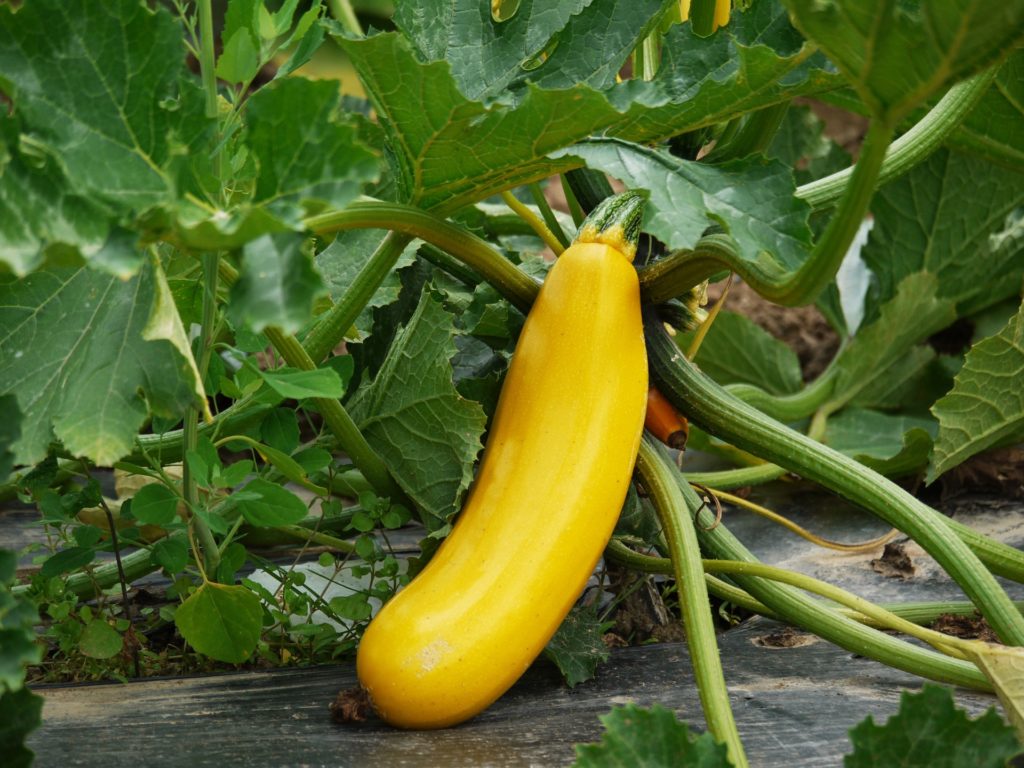
Summer squash, including zucchini varieties, flourishes in temperatures between 70°F and 90°F. It can be directly seeded into the garden once the soil is consistently warm, typically by late May to early June in southern regions and mid-June in northern areas. Squash prefers full sun and rich, well-draining soil to support its vigorous growing habits.
Growth can be rapid, so be prepared to harvest frequently. Provide adequate space for sprawling vines, or consider vertical gardening techniques for smaller plots. Regular watering helps prevent blossom end rot—a common issue related to inconsistent moisture.
Corn
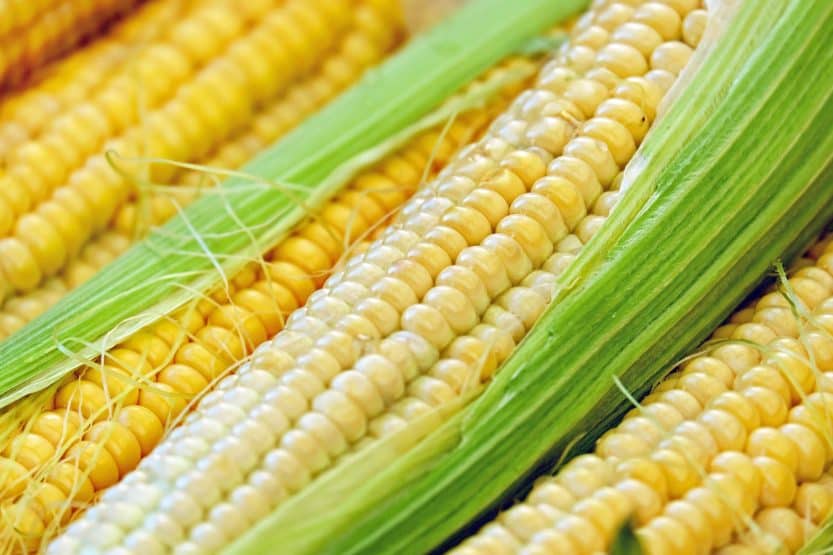
Sweet corn needs warm soil temperatures of at least 60°F to germinate successfully. Corn can be planted in late May in southern zones and by early June in northern regions. It thrives in full sun and well-drained, nutrient-rich soil, necessitating regular watering, especially when tasseling and setting ears.
Sweet corn matures in about 70 to 100 days, making it ideal for summer harvests. Plant in blocks rather than rows to improve pollination. Be sure to protect young seedlings from pests like corn earworms; monitoring and employing row covers can be effective strategies.
Carrots

Carrots prefer cooler soil temperatures, ideally ranging from 60°F to 75°F, making June the last chance to seed carrots for an autumn harvest. In northern regions, sow seeds in early June, while southern gardeners may start as late as mid-June. Carrots require loose, well-drained soil to grow straight and healthy, so it’s essential to prepare the beds thoroughly.
Keep the soil consistently moist until germination, which can take 2-3 weeks. Thin seedlings to ensure proper spacing for root development. Varieties like ‘Nantes’ or ‘Danvers’ are well-suited to summer planting, yielding sweet, crisp roots by late summer.
Basil
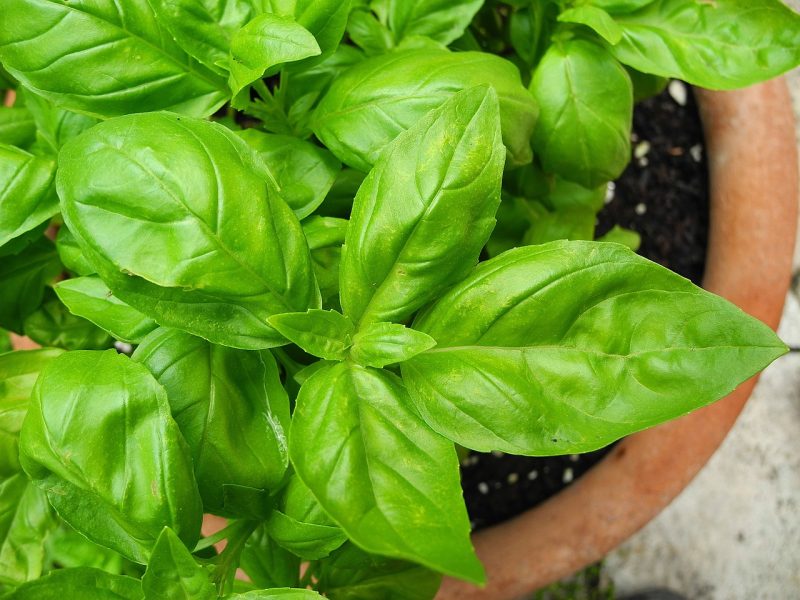
Basil thrives in the warm temperatures of summer, ideally between 70°F and 85°F. It can be directly seeded or transplanted from nurseries once nighttime temperatures stay consistently above 60°F—usually around mid to late June in northern zones. Basil prefers full sun and rich, well-draining soil.
Regular harvesting promotes bushy growth and robust flavor, and be mindful not to overwater, as basil is susceptible to root rot. This aromatic herb adds freshness to many culinary dishes, and varieties like ‘Genovese’ or ‘Thai’ can yield flavorful leaves throughout the summer.
Okra
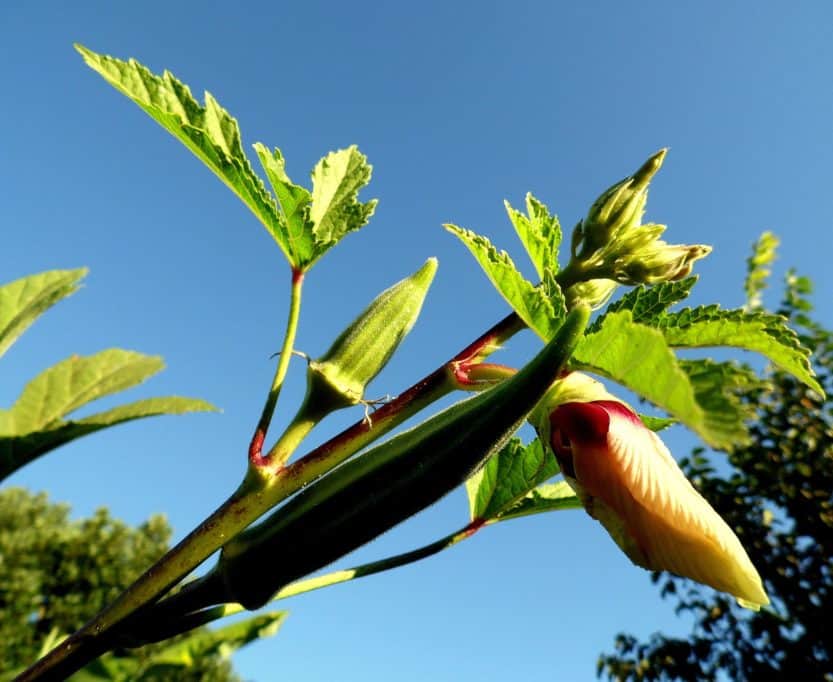
Okra is a heat-loving plant that excels in temperatures from 75°F to 95°F. Directly plant seeds in warm soil in June after frost risks have passed, typically suitable for Zones 7-10. Northern gardeners should wait until soil temperatures are consistently warm.
Okra requires full sunlight and well-drained soil to grow robustly, reaching heights up to 4 feet. Regular watering is crucial during dry spells, and providing adequate spacing promotes good air circulation to prevent fungal diseases. Varieties like ‘Clemson Spineless’ are particularly popular due to their consistent production and tender texture when harvested young.
Melons
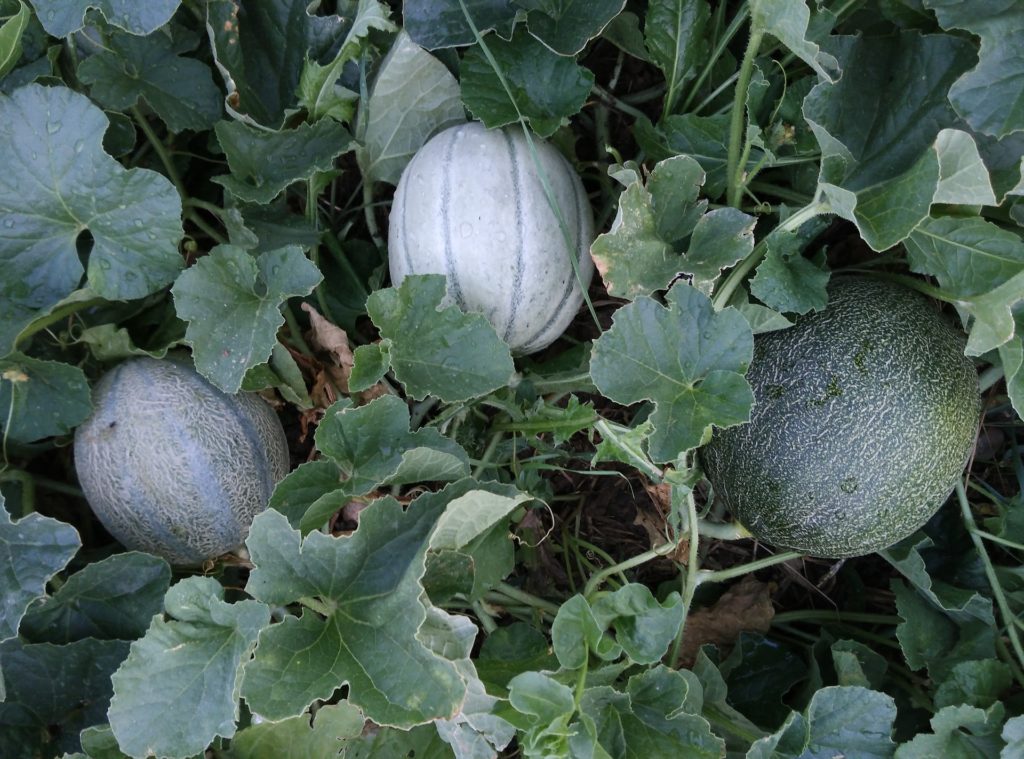
Melons thrive in warm temperatures between 70°F and 85°F, making June an excellent planting period. Sow seeds directly in loose, well-draining soil once nighttime temperatures remain above 60°F, usually from mid-May in southern regions and throughout June in northern areas.
Sugar-rich varieties like ‘Crimson Sweet’ (watermelon) and ‘Sugarcube’ (cantaloupe) require full sunlight with regular watering during fruit set to ensure sweetness. Mulching can help retain moisture in hot summer months and keep weeds at bay, speaking volumes for the health of these delicious summer fruits.
Flowers To Plant
June is a fantastic time to plant various blooming flowers, enhancing the aesthetics of your garden and providing essential habitats for pollinators.
Sunflowers
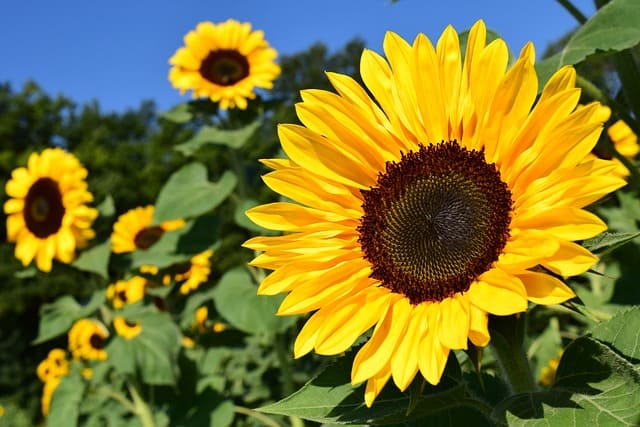
Sunflowers are known for their vibrant colors and are perfect for planting in June when soil temperatures rise above 60°F. These annuals thrive best in full sunlight and well-drained soil. Ideal for Zones 3-10, sunflowers can be directly seeded into the garden or cultivated in containers.
Late-summer blooms provide shelter and food for pollinators like bees and butterflies, and they also produce seeds that can be harvested for birdfeed. Varieties such as ‘Mammoth Russian’ can grow over 10 feet tall, creating an impressive visual impact in the garden.
Zinnias
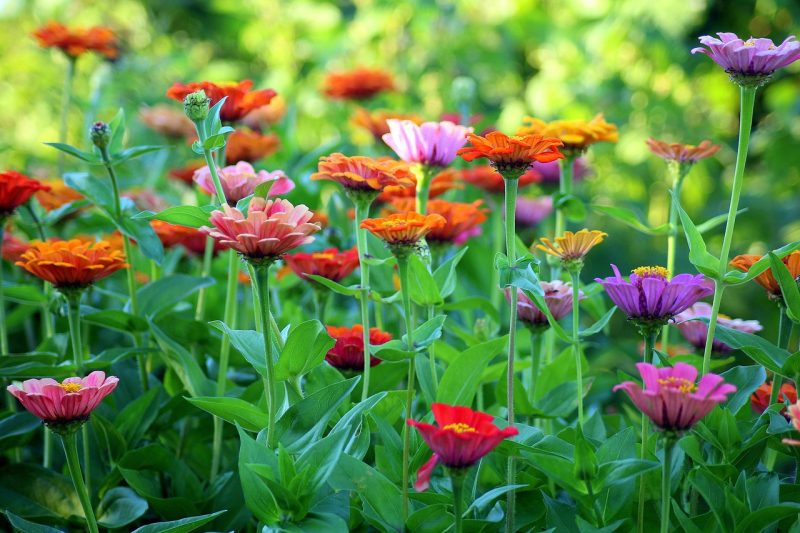
Zinnias are easy-to-grow annuals that flourish in warm temperatures, well-suited for June planting. They thrive in dry, well-draining soil and require direct sunlight for at least 6-8 hours a day. Blooming from summer until frost, zinnias can provide vibrant colors for your garden.
These flowers also attract pollinators, making them ideal for wildlife gardens. With a variety of colors and sizes, zinnias can be planted in beds, borders, or containers, and regular deadheading will encourage continuous blooms throughout the summer.
Marigolds
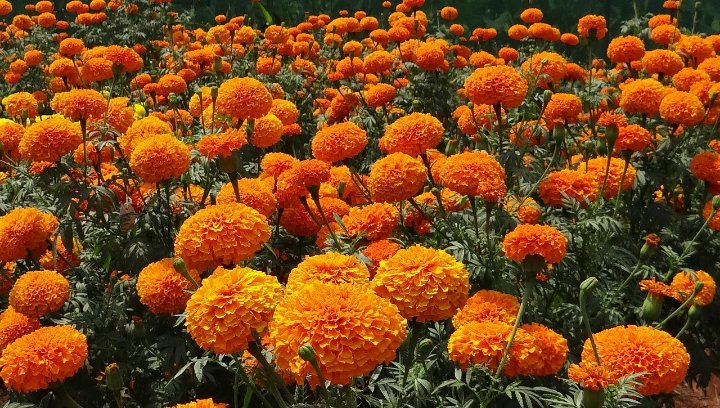
Marigolds are bright, resilient flowers that help deter pests, making them ideal for summer gardens. Plant in early June in well-draining soil where they can receive full sun. They thrive in warm temperatures typically above 60°F, suitable for Zones 3-10.
The striking orange and yellow blooms not only add color but also attract beneficial insects, creating a healthier garden environment. Deadheading promotes further blooming, while it’s recommended to keep marigolds evenly watered without getting waterlogged.
Cosmos
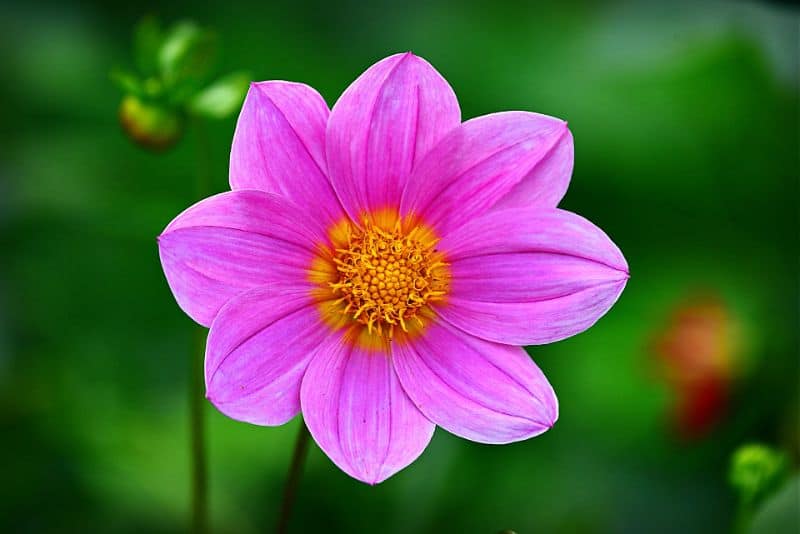
Cosmos are charming, easy-to-grow flowers perfect for wildflower gardens or borders. They enjoy sunny spots with well-drained soil and can be direct-seeded in June. These annuals will bloom for an extended period through midsummer.
Growing 3 to 4 feet tall, they sway gracefully in the breeze and attract butterflies and bees, enhancing biodiversity in your garden. ‘Sensation’ is a popular variety featuring large, vibrant blooms that can flourish under varying soil conditions.
Petunias

Petunias are known for their colorful, cascading blooms, making them ideal for containers or hanging baskets. Plant them in June when soil temperatures are warm and the risk of frost has passed. They thrive in sunny locations with rich, well-drained soil.
Different petunia varieties can contribute abundant color, and frequent deadheading encourages prolonged blooming periods. They can tolerate summer heat but require consistent moisture to prevent wilting.
Salvia
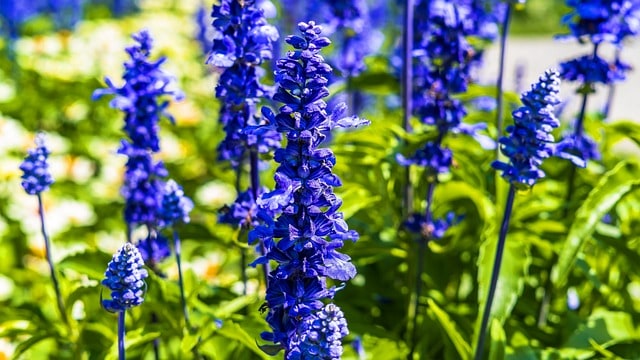
Salvia is a perennial known for both its visual appeal and aromatic qualities, thriving in full sun and tolerating poor soils. Planting in June allows the plants to establish before fall. Salvia varieties bloom in vibrant colors, attracting hummingbirds and pollinators to garnish your garden.
Salvia is relatively drought-tolerant, making it an excellent choice for low-maintenance landscapes. Regular deadheading encourages more blooms and helps prolong flowering through late summer.
Gaillardia
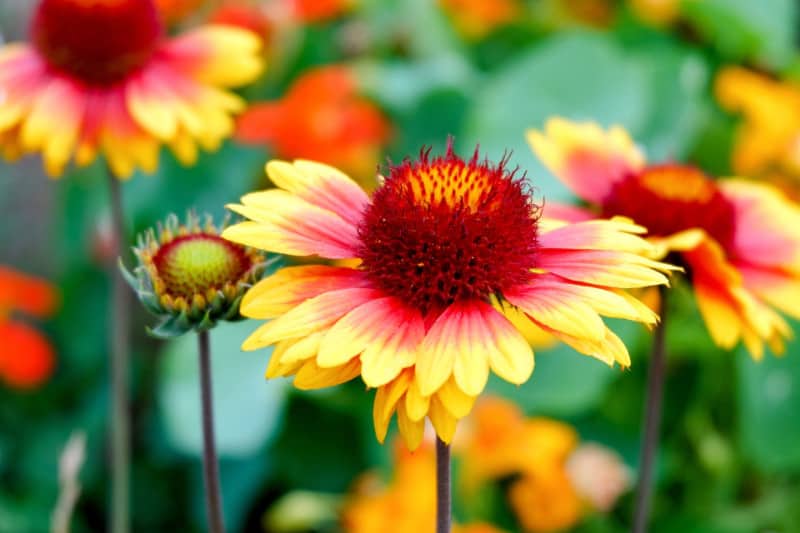
Gaillardia, commonly known as blanket flower, is perfect for sunny gardens that require minimal care. Plant in June in well-drained soil to allow optimal growth. These drought-tolerant perennials are great for attracting pollinators and can thrive in a variety of soil types.
Blooming brightly with unique daisy-like flowers, gaillardia can create striking floral displays. They are resilient in hot weather and can maintain a colorful presence with less frequent watering.
Gladiolus
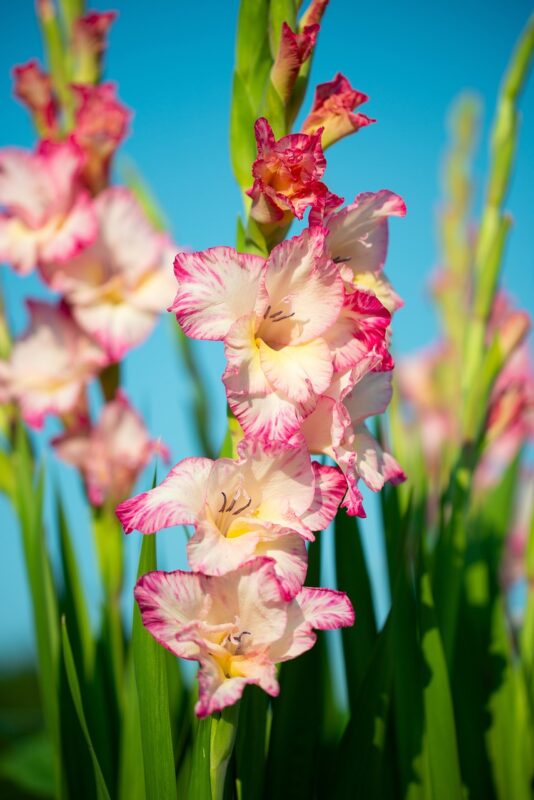
Gladiolus corms should be planted in June for striking flower spikes in late summer. They thrive in sunny locations with well-draining soil. These perennials do well in Zones 7-10, needing warm temperatures around 70°F to thrive successfully.
Gladiolus blooms can create stunning arrangements, and the varieties range from soft pastels to vibrant colors. Adequate spacing between corms allows for proper air circulation and growth.
Larkspur
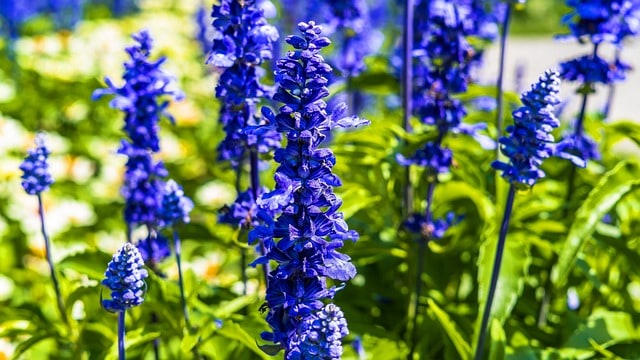
Though typically considered a spring flower, larkspur can still be planted in cooler regions in early June. These plants prefer cooler conditions and will tolerate shades, producing tall, elegant blooms that add aesthetic appeal.
Due to their sensitivity to wet soil during germination, ensure excellent drainage when planting. Larkspurs can flourish beautifully and attract pollinators, enhancing a garden’s ecological benefits.
Black-Eyed Susans
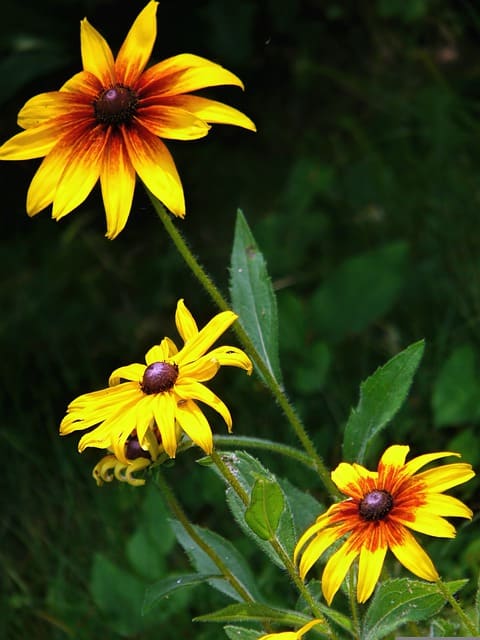
Black-eyed Susans are hardy perennials that yield stunning yellow-orange blooms, flourishing from summer through fall. June is an excellent time for planting to ensure they establish well before winter settles in.
These flowers prefer sunny locations and adaptable soil conditions, providing visual interest to the landscape while attracting butterflies and other pollinators. Drought-resistant once established, black-eyed Susans make an excellent companion to various other garden plants.
Herbs To Plant
Herbs are not just culinary essentials; they can also enhance the beauty of your garden. Here’s a detailed look at herbs to plant in June.
Basil

Basil is a heat-loving herb that thrives in temperatures around 70°F to 85°F. Plant seeds or transplants in June once the risk of frost is minimal. Cherished for its aromatic leaves, basil prefers rich, well-drained soil and full sun exposure.
This herb grows rapidly and can produce leaves for culinary use throughout the summer. Regular pruning supports bushier growth and enhances leaf flavor. Basil’s versatility in the kitchen, from pestos to salads, makes it a must-have in any summer garden.
Cilantro
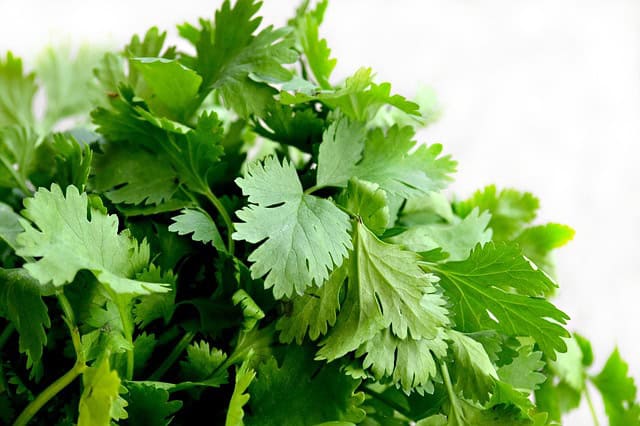
Cilantro is an herb that thrives best in cooler conditions, preferring soil temperatures around 60°F to 75°F. June is the perfect month to plant for a late-summer harvest, especially in areas where temperatures don’t soar too high.
Sow directly in well-drained soil with some shade to prevent bolting as temperatures rise. Frequent sowing every few weeks can ensure a steady supply of fresh leaves for culinary delights. This herb is highly prized in various cuisines, including Mexican and Asian dishes.
Dill

Dill is known for its feathery leaves and delightful flavor, preferring warmer soil conditions between 70°F to 75°F. Planting in June can result in robust growth before summer heat peaks. It flourishes in bright sunlight and well-drained soil.
Dill is a quick-growing herb, allowing for early harvesting of its leaves and seeds. Ideal for pickling or as a flavor enhancement in salads, dill also attracts beneficial insects to gardens, promoting overall health in your planting space.
Parsley
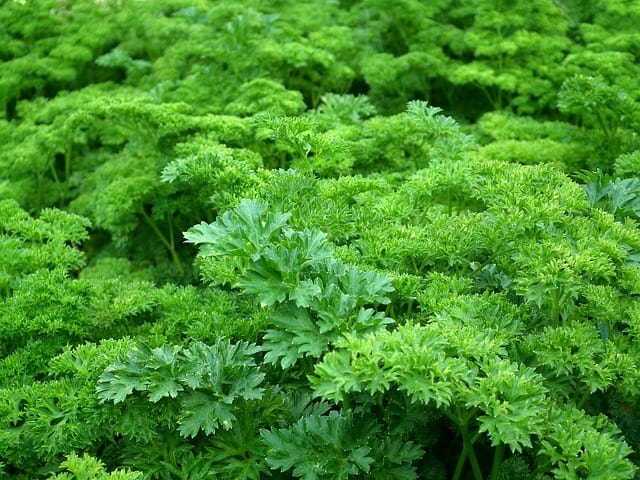
Parsley, whether curly or flat-leaf, flourishes best in well-drained, loamy soils and prefers temperatures from 60°F to 80°F. June planting ensures that this biennial herb will establish roots and thrive.
Regular harvesting encourages leaf growth and can add vibrant flavor to a myriad of dishes. As a resilient plant, parsley can withstand light frost. It also enhances the biodiversity of your garden by attracting beneficial insects.
Oregano
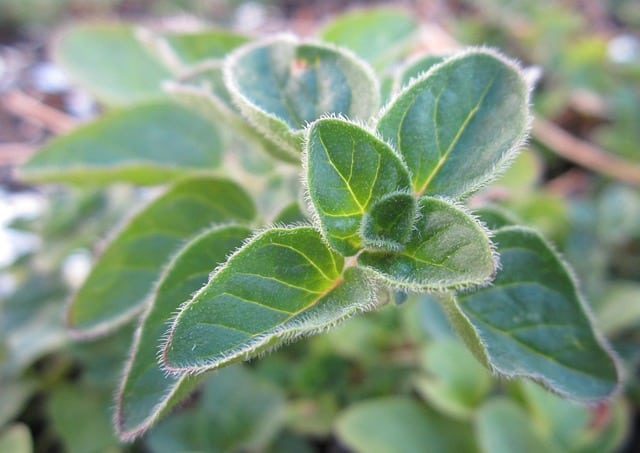
Oregano is a perennial herb that thrives in temperatures between 70°F and 85°F, flourishing in sunny locations with well-draining conditions. Planting oregano in June gives these flavorsome herbs ample warmth for the growing season ahead.
Once established, oregano requires minimal care and is drought-resistant. Its leaves enhance countless culinary dishes, making it a valuable addition to any herb garden.
Thyme
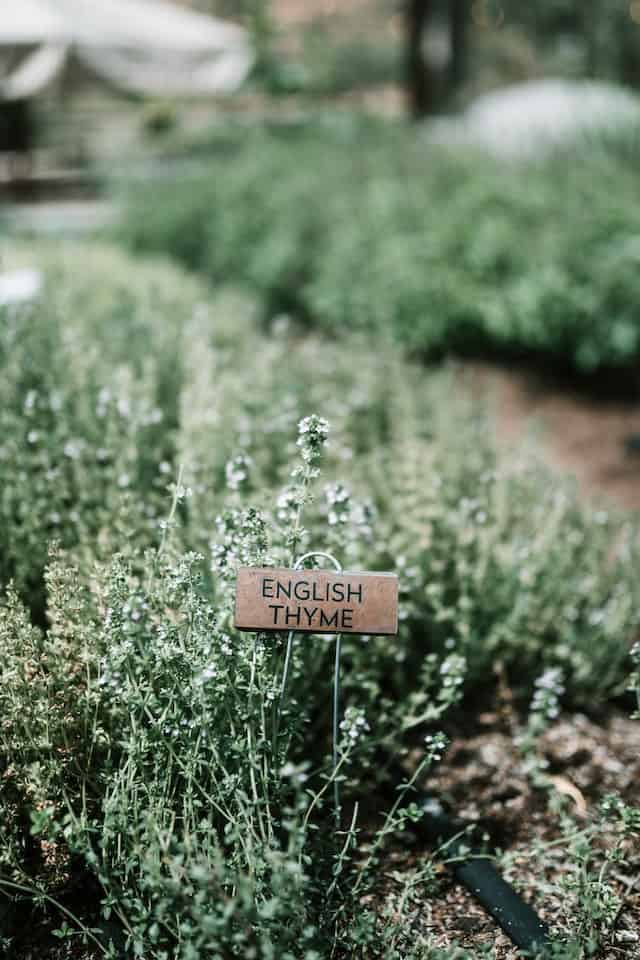
Thyme is another perennial herb that prefers sunny spots and can tolerate a range of soil types, thriving in warmer conditions typically above 70°F. June planting will allow the herb to establish before the colder months come.
Thyme is drought-tolerant and is a versatile herb that can be used in many culinary applications, from meats to soups. Keeping the plants spaced allows for airflow and less competition for nutrients.
Chives
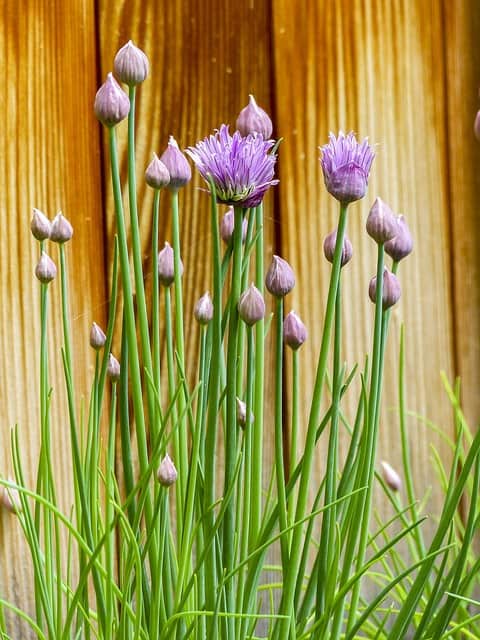
Chives are easy to grow and suitable for a variety of conditions, flourishing best in sunny spots. With a tolerance range of about 60°F to 75°F, June is an ideal time for planting. They can be grown in containers or garden beds and are well-suited for northern climates.
The delicate purple flowers are not only ornamental but also edible, adding both flavor and beauty to the garden. Regular harvesting encourages new growth, developing a fresh supply of leaves throughout the summer.
Tarragon
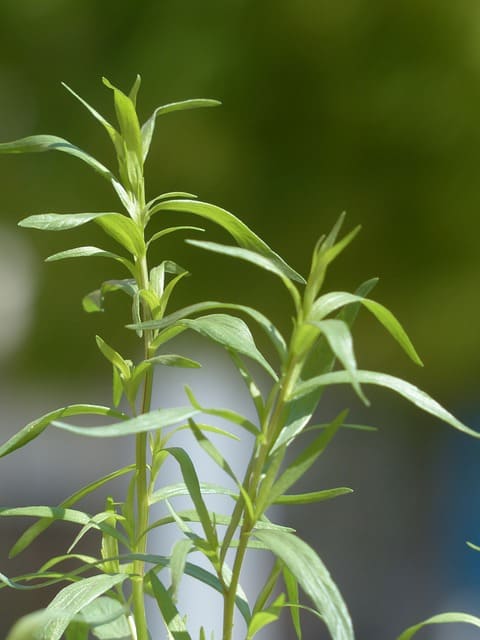
French tarragon flourishes in well-drained conditions and enjoys plenty of sunlight, ideally around 70°F or higher. It is typically started from cuttings in June, as it can struggle with direct sowing.
This herb has a distinctive flavor, making it a favorite in French cuisine. After establishing, tarragon requires minimal water and can thrive in dry conditions, highlighting its versatility as a low-maintenance herb.
Fennel
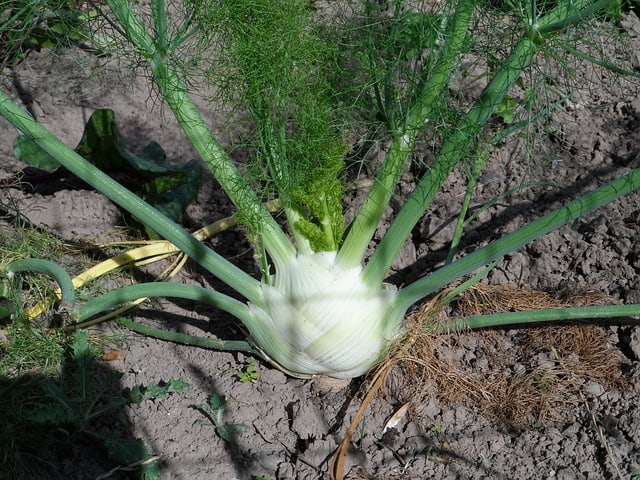
Fennel is a unique herb and vegetable that thrives in temperatures from 65°F to 75°F. June planting allows the warm conditions needed for the seeds to establish properly, creating bulbs and feathery leaves.
Fennel prefers full sun and well-drained soil with consistent moisture. Its aromatic properties add flavor to many dishes, making it a coveted herb in culinary settings.
Mint
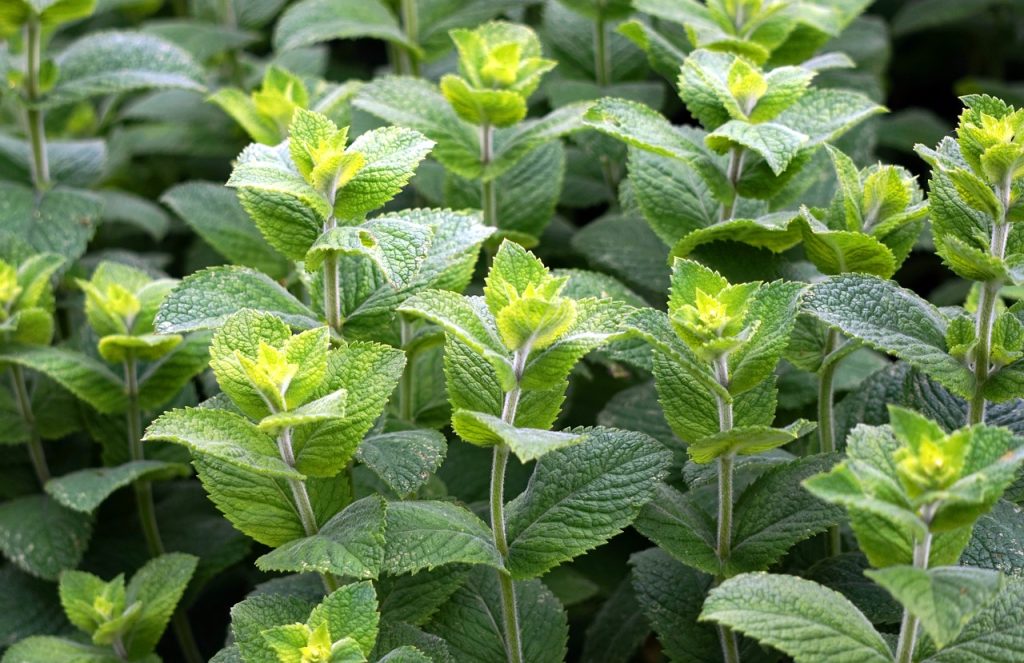
While mint can be invasive if planted directly in the ground, it thrives in rich, moist soil and prefers partial to full sun. June planting ensures lush growth as temperatures rise, typically around 70°F to 80°F.
Mint is excellent for summer beverages and culinary uses. Regular harvesting encourages bushy growth. Consider planting in containers to contain its aggressive growth, allowing you to enjoy this versatile herb safely.
Landscape Plants To Plant In June
Creating an attractive landscape requires careful selection of plants that flourish in June’s warm conditions. Here are ten landscape plants that will enhance your garden’s aesthetic and thrive during this month.
Daylilies
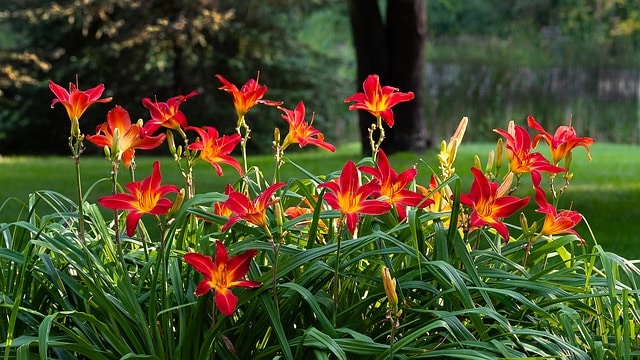
Daylilies are hardy perennials known for their vibrant blooms and versatility. They thrive in a temperature range of about 60°F to 85°F, making them ideal for planting in June. Daylilies are highly adaptable and can grow in various light conditions, though they prefer full sun for maximum flowering.
These drought-tolerant plants come in various colors and sizes. Once established, daylilies require minimal maintenance and can produce abundant blooms throughout the summer, making them a favorite for borders, beds, or even naturalized settings.
Hydrangeas
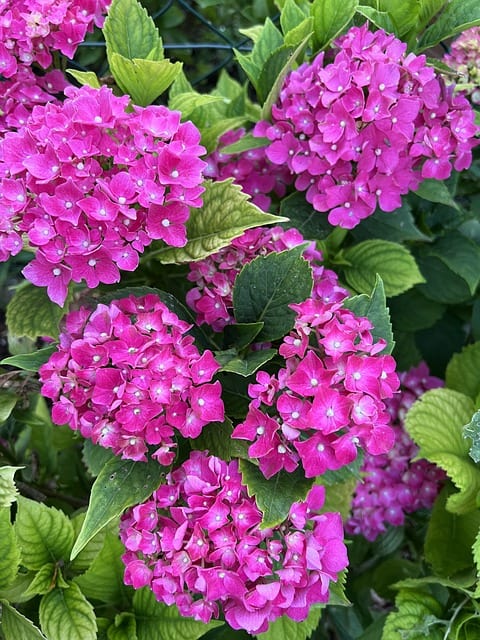
Hydrangeas are popular garden shrubs valued for their stunning and diverse blooms, thriving best in temperatures between 60°F and 75°F. June planting allows for good root establishment before winter. They prefer partial shade and well-draining, moisture-retentive soil.
Depending on soil pH, hydrangeas can bloom in colors ranging from blue to pink, offering a dynamic aesthetic to gardens. Regular watering is essential for creating strong growth and optimal blooming conditions.
Coneflowers
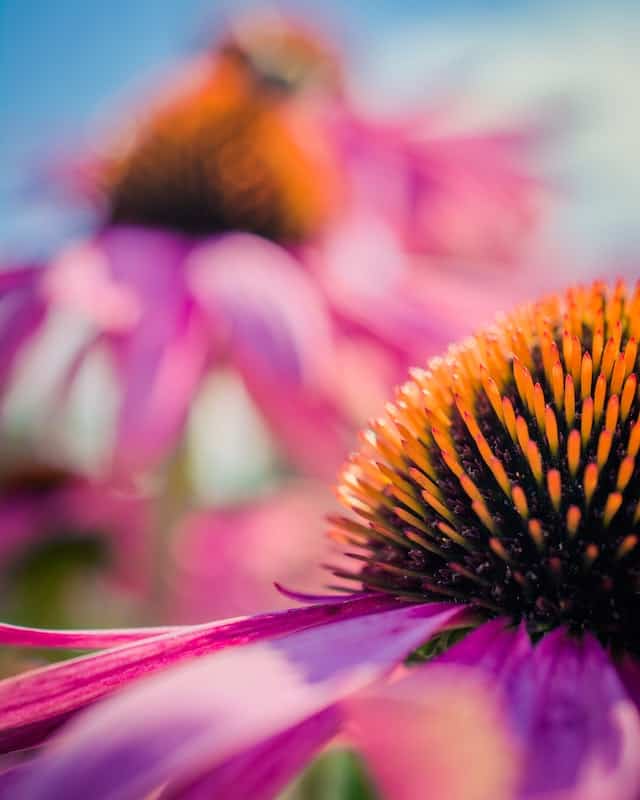
Coneflowers (Echinacea) are resilient perennials that bloom from summer through fall, typically thriving in temperatures between 70°F and 85°F. June is perfect for planting coneflowers, allowing ample time for root establishment before the heat peak.
These sun-loving plants tolerate drought and flourish in various soil types. Growing coneflowers in groups enhances their visual attraction and provides a crucial food source for local pollinators.
Lavender
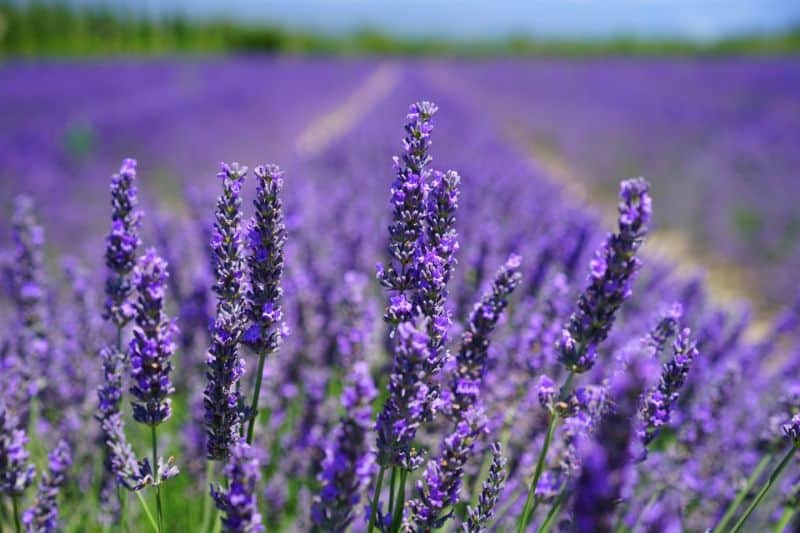
Lavender is a perennial plant known for its fragrance and attractive purple flowers, thriving in warm temperatures typically between 70°F and 85°F. June is an excellent time to plant in sunny spots with well-drained soil, allowing for root establishment and producing vibrant blooms later in the summer.
Once established, lavender is drought-tolerant and can attract beneficial pollinators while providing an enticing aroma to the landscape. Regular pruning after blooming encourages healthy growth.
Russian Sage
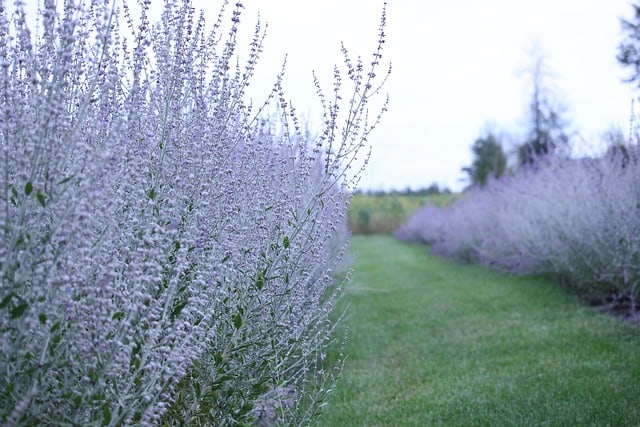
Russian sage is an ornamental perennial that flourishes in hot, dry conditions. It prefers full sun and well-draining soil, thriving best in temperatures around 75°F or higher. Planting in June allows for vigorous growth before the summer heat peaks.
This drought-resistant plant produces beautiful silvery foliage and spikes of lavender-blue flowers, adding texture to your landscape. Once established, Russian sage requires minimal maintenance and is tolerant of poor soils.
Ornamental Grasses
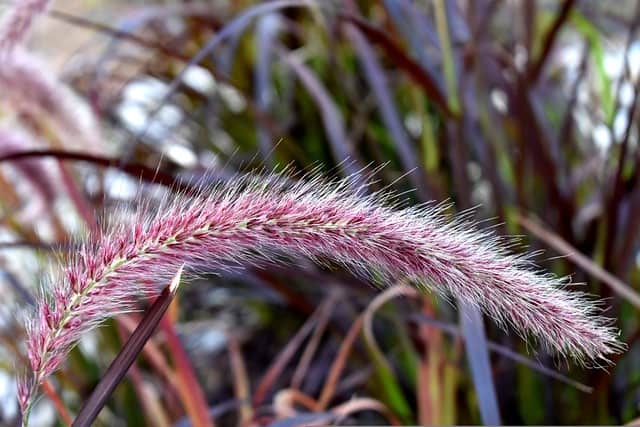
Ornamental grasses provide visual impact and texture to gardens, thriving best in full sunlight with well-draining soil conditions. June is an ideal planting month, with temperatures typically between 65°F and 85°F suit their growth.
Options such as Miscanthus or Panicums thrive in various climates and contribute to movement and interest in landscapes. These grasses are low maintenance and help create habitat for wildlife, enhancing garden biodiversity.
Hellebores
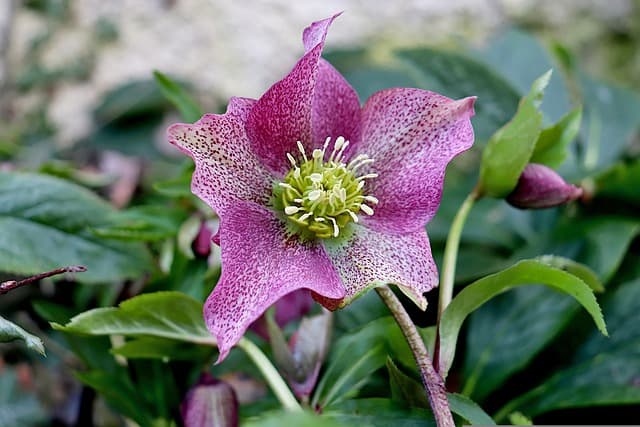
Hellebores are unique perennials that blossom early in spring, with their foliage remaining throughout the winter. They prefer cooler conditions and can be planted in June in well-drained, organic-rich soil, benefiting from some shade, especially in hotter climates.
These resilient plants can bloom in a range of colors, and their evergreen foliage offers visual interest even when not in bloom. Regular watering and mulch will support growth and flowering.
Astilbe
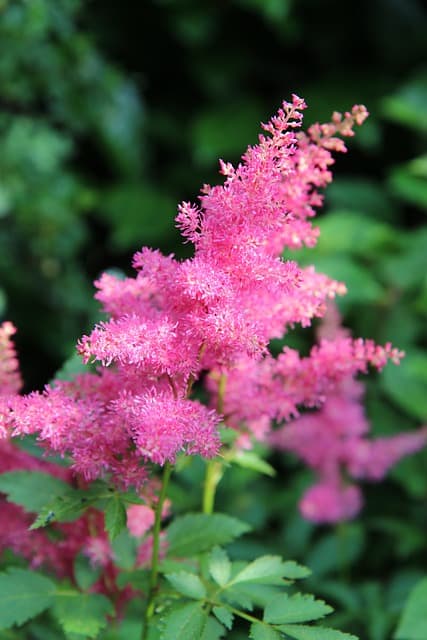
Astilbe thrives in cooler conditions and prefers partial to full shade, making June an ideal time for planting in moist, well-drained soil. These perennial flowers produce fluffy plumes of color, thriving best at temperatures between 60°F and 75°F.
Astilbe can add dramatic color to shaded gardens, attracting hummingbirds and bees while enhancing visual appeal. These plants require consistent moisture, especially during dry spells.
Hostas
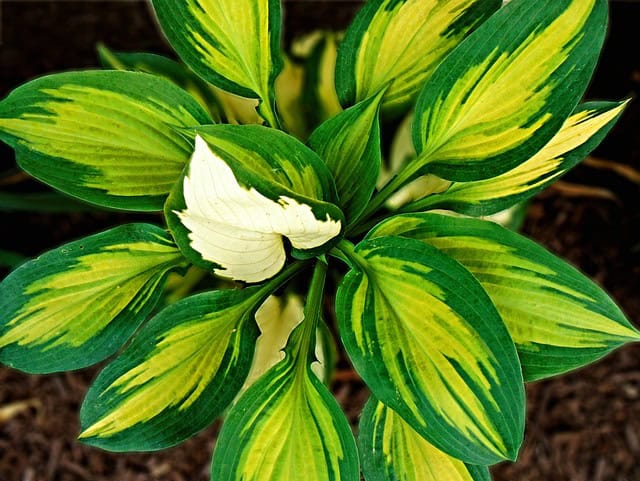
Hostas are popular perennials that thrive in shady areas with well-drained soil. With temperature ranges of about 60°F to 80°F, June is ideal for planting these diverse plants. They come in a variety of colors and foliage shapes, making them suitable for multiple garden styles.
Once established, hostas are relatively low-maintenance, though they benefit from regular watering and protection against pests. Their lush foliage adds a calming effect to shaded garden spaces.
Rhododendrons

Rhododendrons are stunning flowering shrubs that prefer cooler temperatures, flourishing best in conditions between 60°F and 75°F. They should be planted in June in shade or partial shade with rich, moist, acidic soil.
With diverse bloom colors and sizes, rhododendrons create a striking presence in gardens. Adequate watering is crucial for these plants to establish roots, but they are relatively low-maintenance once established.


